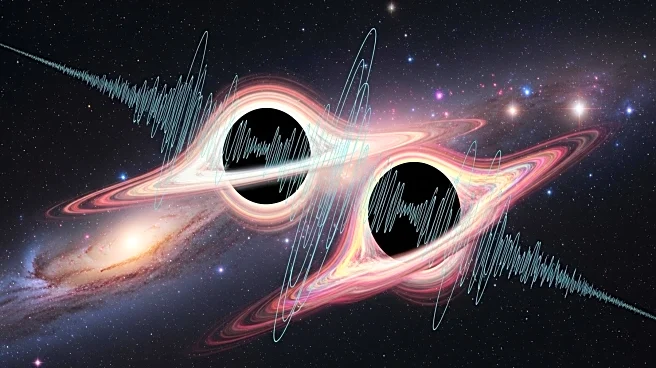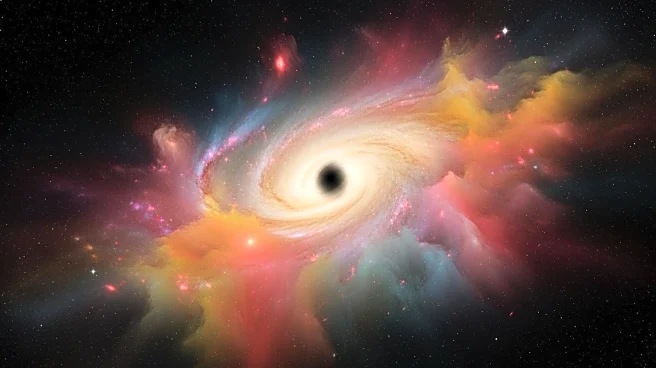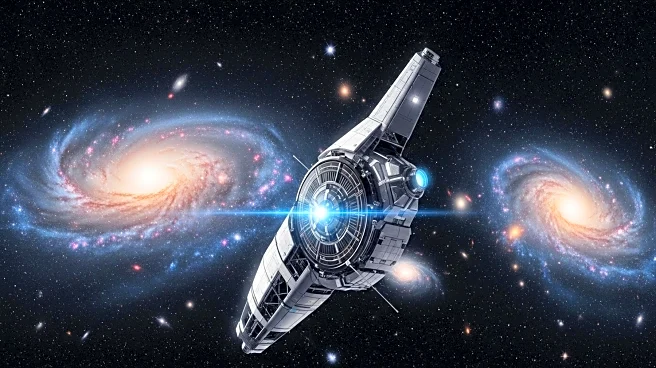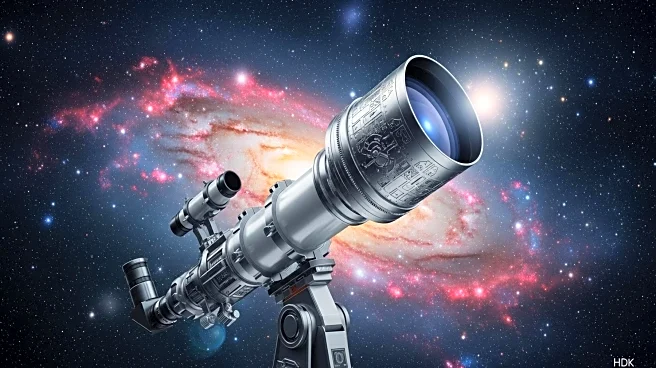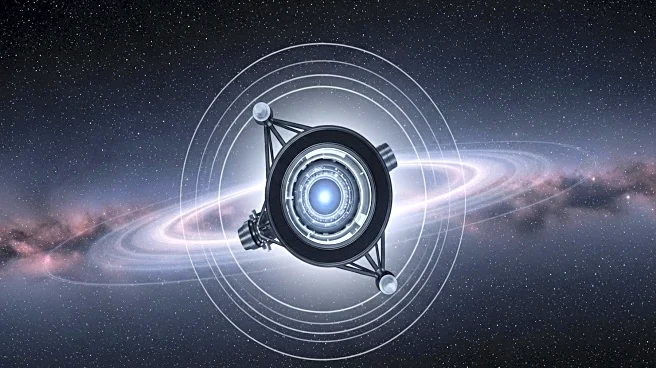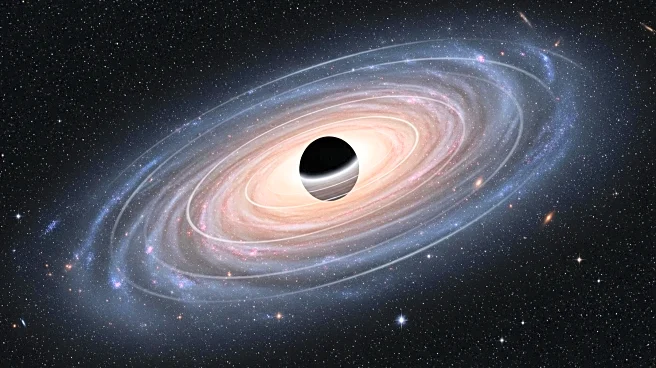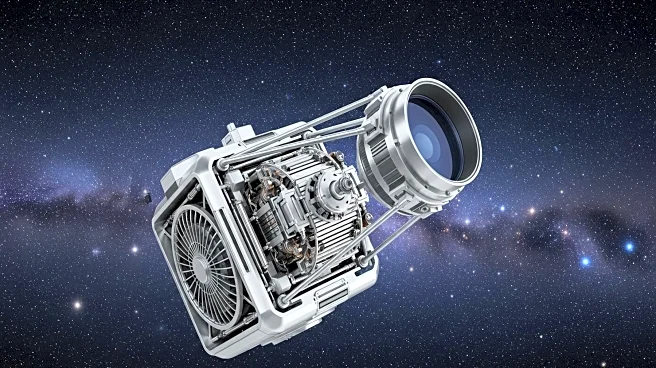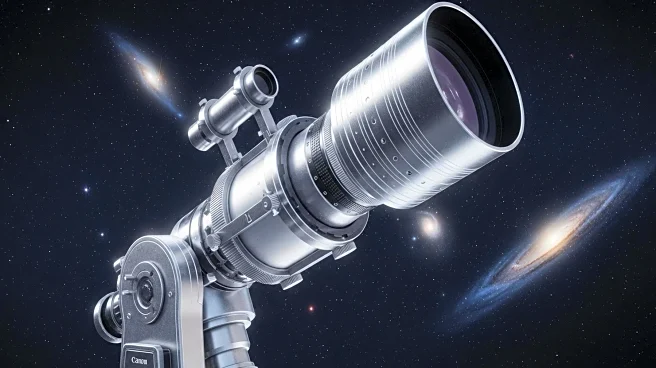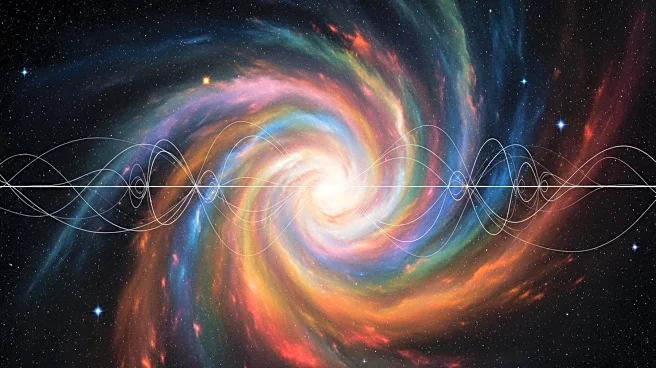What is the story about?
What's Happening?
Gravitational wave research has made significant strides with the release of a new catalog documenting 128 collision events between black holes and neutron stars. The study, conducted by the LiGO, Virgo, and KAGRA Collaborations, highlights the rapid advancement in gravitational wave detection technology. Recent upgrades have improved detector sensitivity by 25%, enabling the identification of fainter signals and expanding the scope of gravitational wave research. These findings contribute to the understanding of spacetime and the mechanics of the universe's earliest stages.
Why It's Important?
The advancement in gravitational wave research is crucial for exploring the fundamental nature of spacetime and the universe's origins. By detecting and analyzing collision events, scientists can gain insights into the behavior of black holes and neutron stars, enhancing the understanding of cosmic phenomena. The improvements in detector technology also pave the way for future studies, including the exploration of supermassive black holes and their role in galaxy formation. This research underscores the importance of international collaboration in advancing scientific knowledge and technology.
What's Next?
The upcoming Laser Interferometer Space Antenna (LISA) mission will expand gravitational wave research to include supermassive black holes, offering new opportunities to study the universe's most massive structures. As detector technology continues to improve, researchers anticipate further discoveries that will deepen the understanding of cosmic events and their implications for the universe's evolution. The ongoing collaboration between international research teams will be essential in driving these advancements and exploring new frontiers in gravitational wave science.
AI Generated Content
Do you find this article useful?





